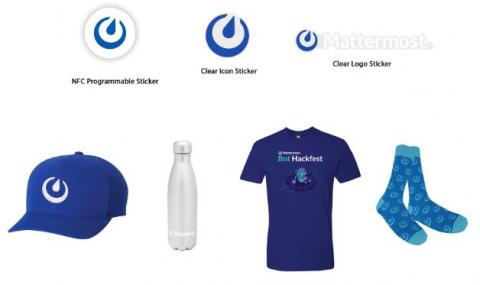Support Without Boundaries - Customize Freshdesk for your Multilingual Needs
At Freshworks, our mission has been to help customer support teams deliver “moments of wow”, thereby enabling every business to create customers-for-life. It is the foundation for everything we do here at Freshworks. And we strive every day to deliver on that promise by continually improving our product and the customer experience.











